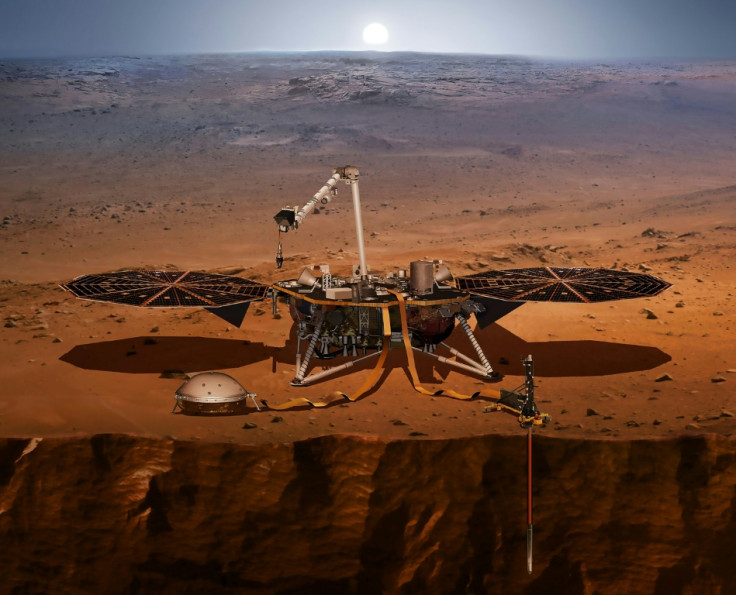Japanese scientists try to explain what Mars could be made of in new study
Scientists at the University of Tokyo simulate the core of Mars to study its inner workings and composition.
Ever wondered what's Mars made of? A team of scientists at the University of Tokyo may have the answers to the question.
Mars is one of our closest planets and after Earth, it is considered the most habitable planet in our solar system. Hence, it remains one of the most intriguing subjects of study for astronomers and scientists. However, for the first time, a team of researchers has been able to simulate the interior structure of the red planet. The findings of the study are considered vital in unravelling the mystery behind the formation of the planet.
Keisuke Nishida, an Assistant Professor from the University of Tokyo's Department of Earth and Planetary Science and his team used seismic data and composition of the planet to investigate the inner workings of Mars. This information is believed to reveal not only the "present state of the planet but also about its past, including its origins," according to the news release.
"The exploration of the deep interiors of Earth, Mars, and other planets is one of the great frontiers of science," said Nishida in a statement. "It's fascinating partly because of the daunting scales involved, but also because of how we investigate them safely from the surface of the Earth."
In theory, it is said that the core of Mars possibly consists of an iron-sulfur alloy. However, its core remains as inaccessible as Earth's. This is why seismic waves and data acquired by analysing powerful sound waves from the planet are considered enormously important.
"NASA's Insight probe is already on Mars collecting seismic readings," said Nishida. "However, even with the seismic data, there was an important missing piece of information without which the data could not be interpreted. We needed to know the seismic properties of the iron-sulfur alloy thought to make up the core of Mars."
In the period of three years, after dealing with several technical challenges, the team has so far been able to collect what is known as P-waves, one of the two types of seismic waves.
With the help of this data, the scientists hope to shed light on whether Mar's core is made of iron-sulfur alloy, or silicon and oxygen, or something else. They are certain with the help of their study; they are about to find out something.
"Taking our results, researchers reading Martian seismic data will now be able to tell whether the core is a primarily iron-sulfur alloy or not. If it isn't, that will tell us something of Mars' origins. For example, if Mars' core includes silicon and oxygen, it suggests that, like the Earth, Mars suffered a huge impact event as it formed. So, what is Mars made of and how was it formed? I think we are about to find out," Nishida explained.

The paper was published in journal Nature Communications.
© Copyright IBTimes 2025. All rights reserved.





















